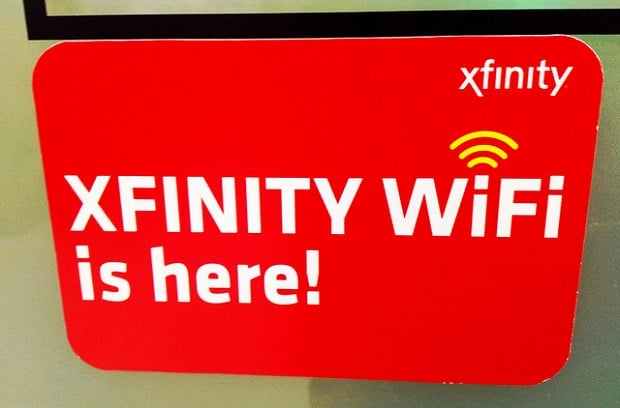Comcast Faces Lawsuit For Turning Customer Routers Into Free Public Wi-Fi
The suit was filed in the US District Court in Northern California by Plaintiff Toyer Grear and daughter Joycelyn Harris. They are seeking to give their suit class action status for all Comcast customers whose wireless routers double as Xfinity Wi-Fi hotspots. “Without authorization to do so, Comcast users the wireless routers it supplies to its customers to generate additional, public WiFi networks for its own benefit,” the complaint states.
Comcast customers are charged a monthly fee to rent hardware from the company that, under the initiative, uses their bandwidth to advertise and sell Comcast services. The lawsuit claims that “unauthorized broadcasting of a secondary, public WiFi network from the customer’s wireless router subjects the customer to potential security risks, in the form of enabling a stranger who wishes to access the Internet through the customer’s household router, with the customer having no option to authorize or otherwise control such use.”

Another issue the suit brings up is that the wireless routers use more electricity because it is generating two WiFi networks. It is a problem for customers because, according to the lawsuit, “This additional electricity usage is a cost born by the unwitting customer.”
The lawsuit then points to a test conducted by Speedify, which determined that the hotspot could raise a customer’s electricity bill by $20 or more per year. Comcast objected to the test, stating that was not the case in regards to newer equipment.
While customers can opt-out of the program, the only way to do so is to call Xfinity or go through its online customer support. But there is no way to opt-out before the wireless router is even installed. Only after it is up and running.
One final issue that the plaintiffs bring up is that the public hotspots slow down the customer’s private WiFi network. However, Comcast admitted that there could be a performance issue but that the company designed the system “to support robust usage” so that there should only be “minimal impact.”

